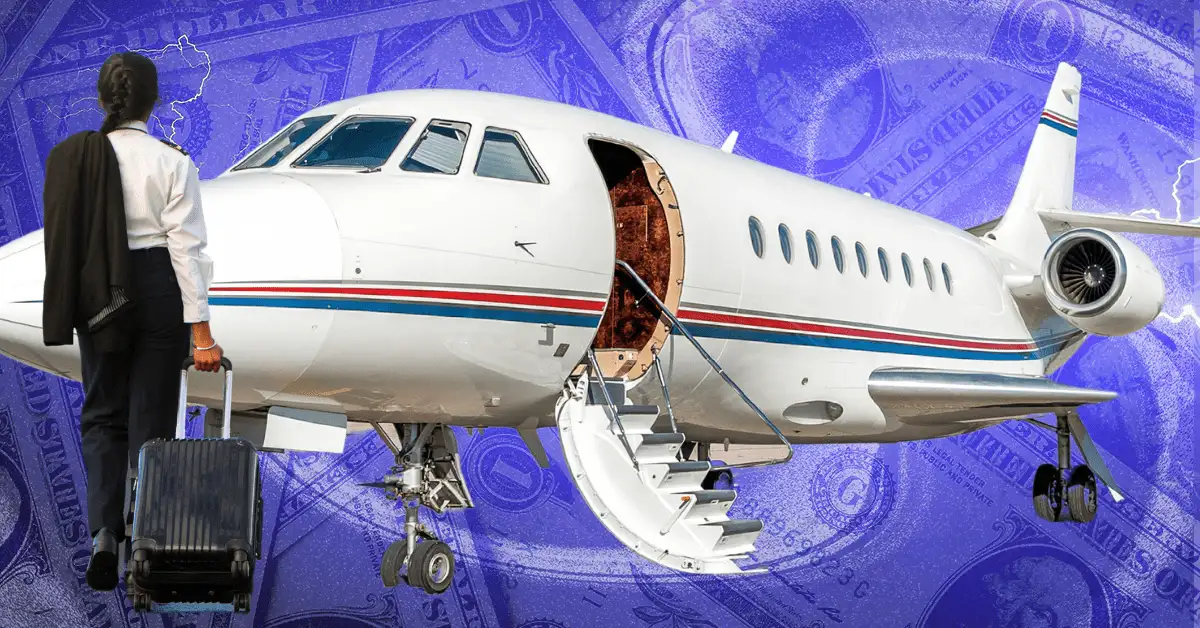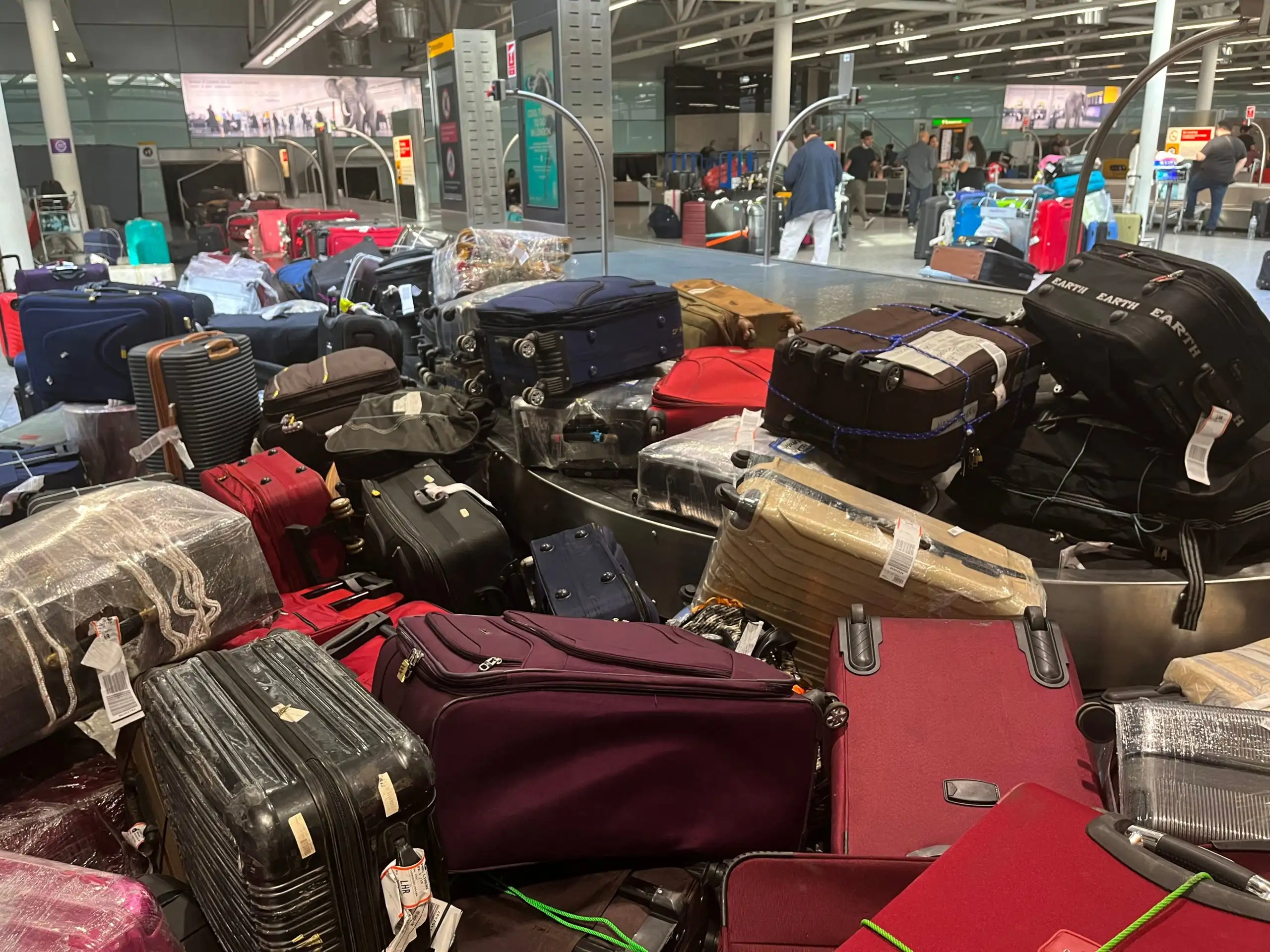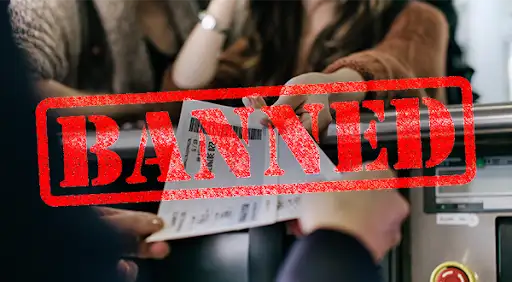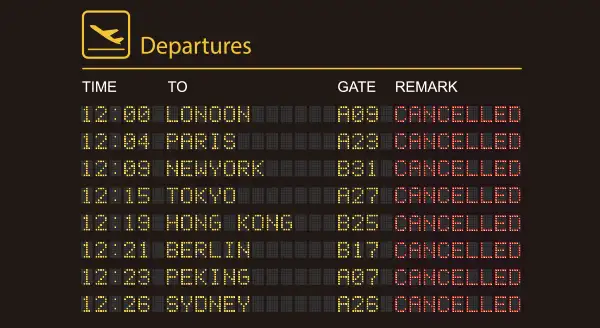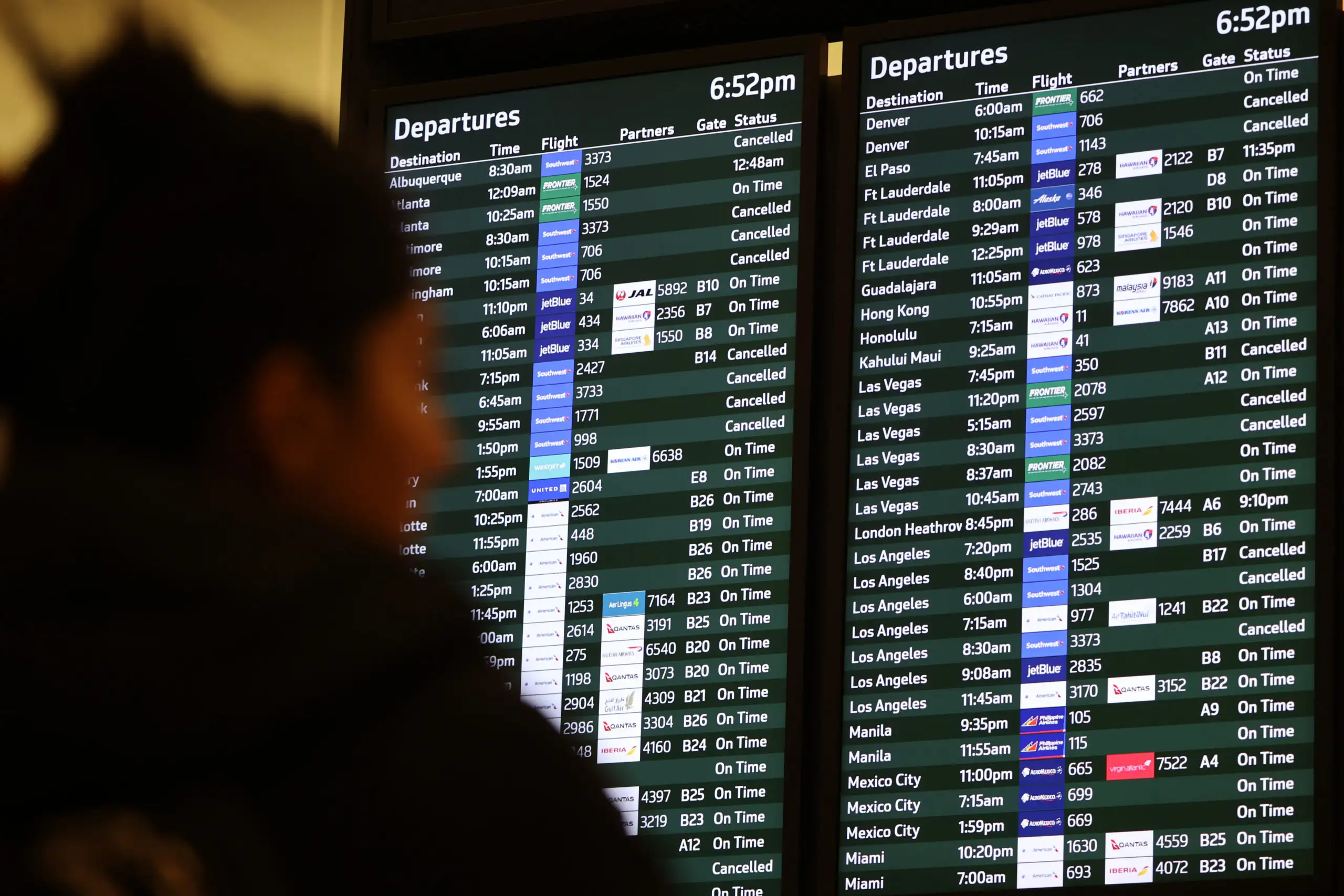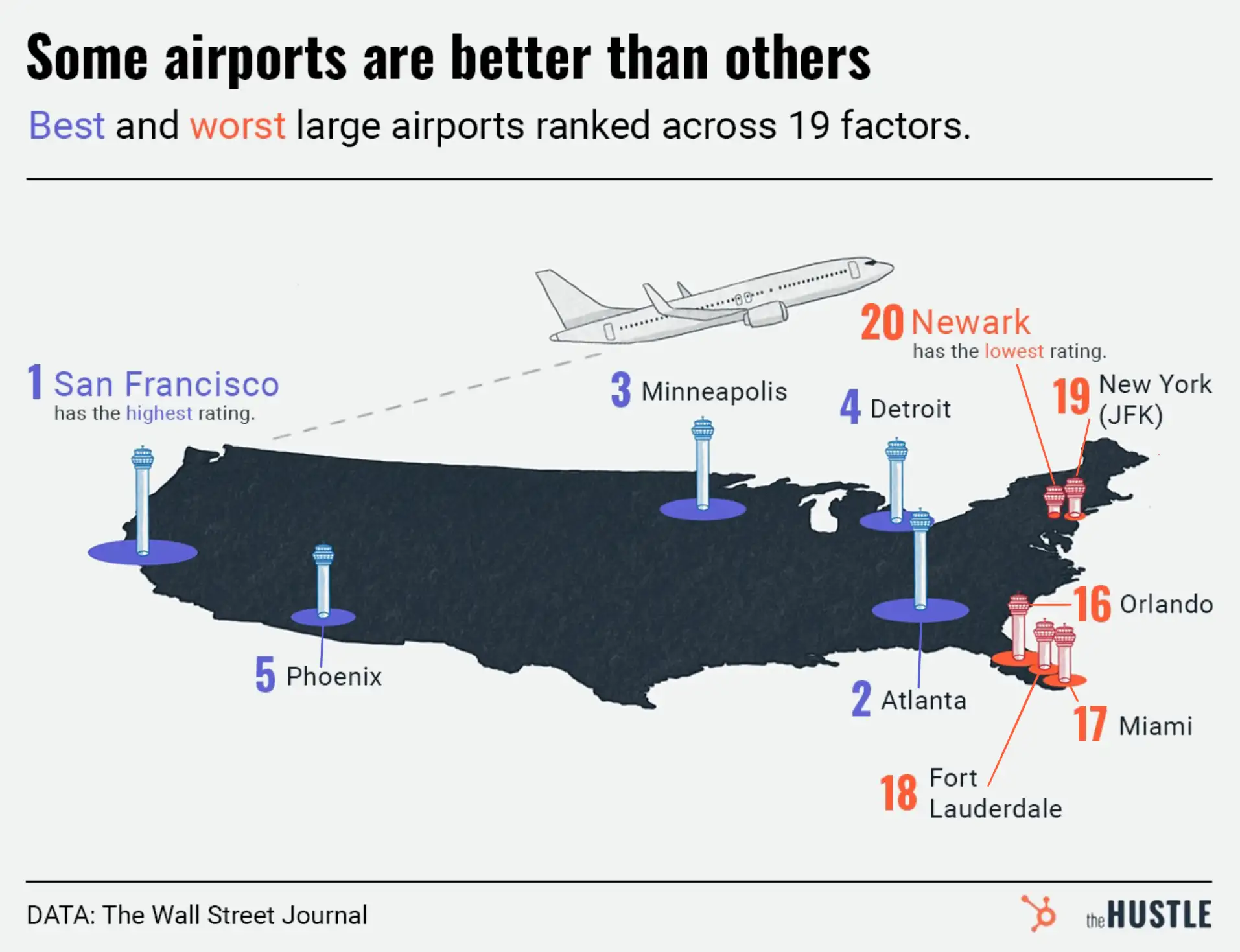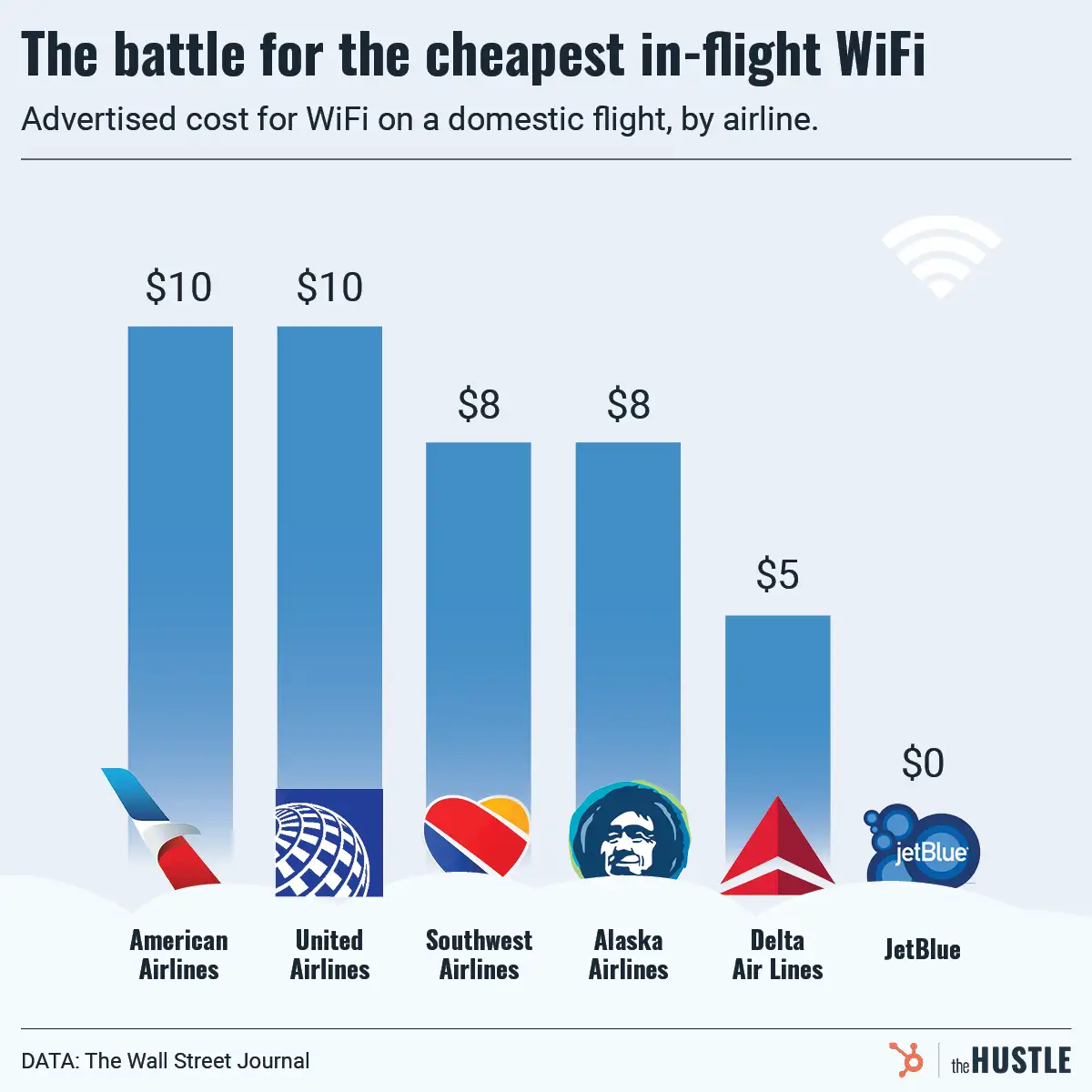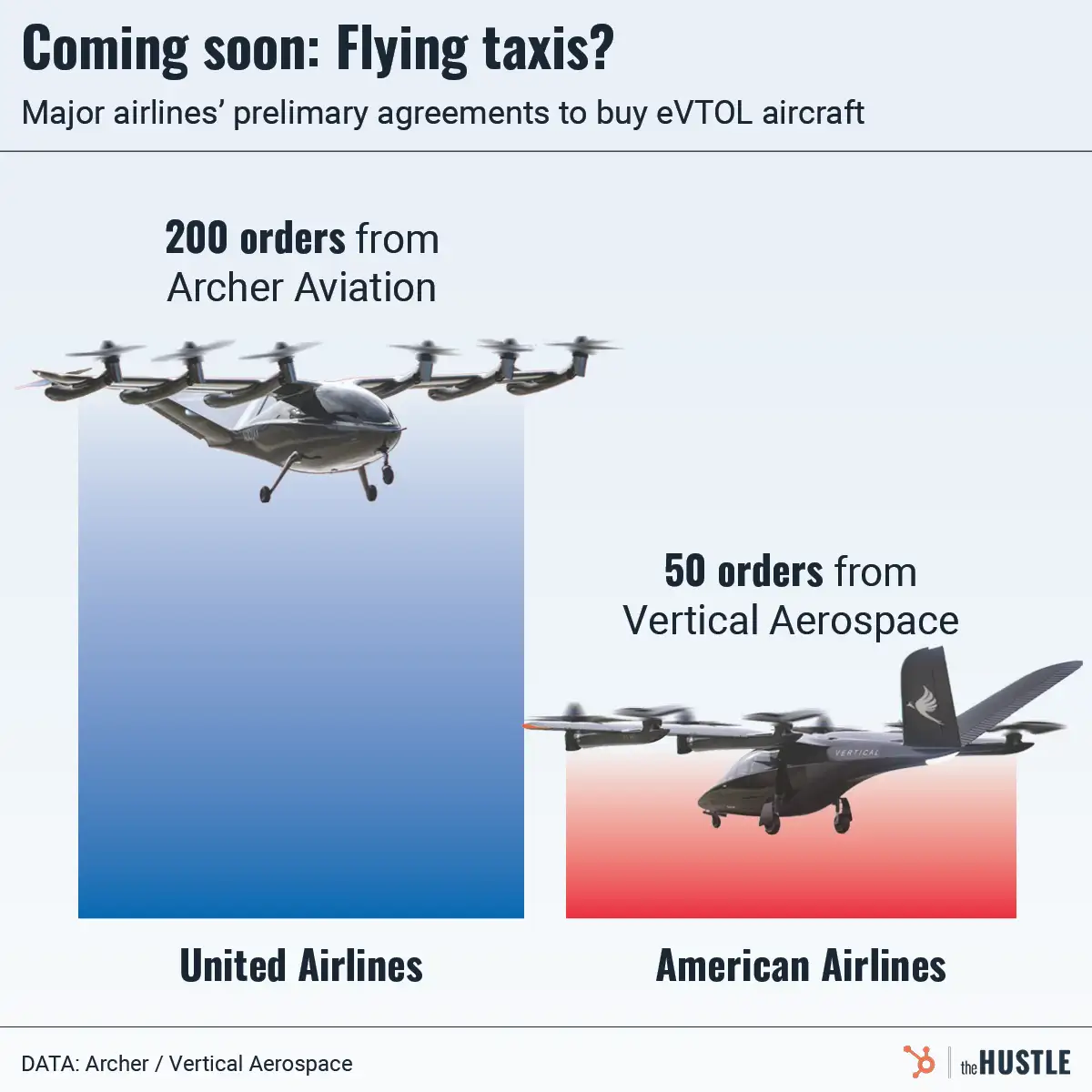How lucrative are airline loyalty programs?

One thesis floated by The Wall Street Journal says that they are more valuable than the actual airline operations.
As an example: When airline stock values plummeted last March, the estimated value of United Airlines’ program was $29B… which means the actual business of flying planes was being valued by the stock market at negative $5B.
What makes loyalty programs so valuable?
Their building block is a branded credit card (e.g., the Delta SkyMiles American Express card) that allows cardholders to collect points whenever they spend.
These points can then be redeemed for flights and perks.
Credit card-issuing banks happily pay airlines big bucks to access this spendy demographic. In addition to the money they receive from banks, airlines benefit because loyalty program members are:
- Bigger spenders (dropping a 5% to 6% premium on tickets)
- A reliable way to fill empty flight seats
This was all pre-COVID, though
With nowhere to travel to, many customers aren’t hitting the miles they need to qualify for the best loyalty perks.
Fearful of losing these relationships, airlines are updating their plans as reported in another WSJ piece:
- United Airlines reduced qualification requirements by ~25%
- American Airlines is rolling over points earned from Q4 last year and waiving some spending requirements
- Delta Air Lines is offering bonus goods for premium ticket purchases
Helping members keep status is important…
… but it will all be moot if air travel doesn’t eventually return — what’s the point of having points if you can’t use them?
There are signs of a turnaround: Last Sunday, ~1.7m passengers were screened at American airports, the highest such figure since March 12, 2020.
While this is down 35% from 2019, here’s one bullish sign for the fate of loyalty programs: Delta just became the last airline to unblock middle seats.

